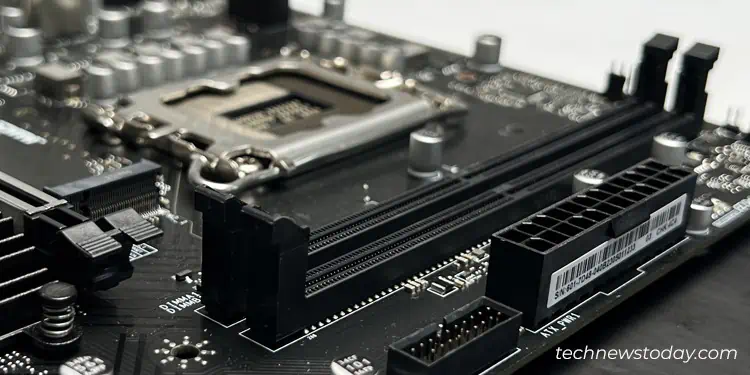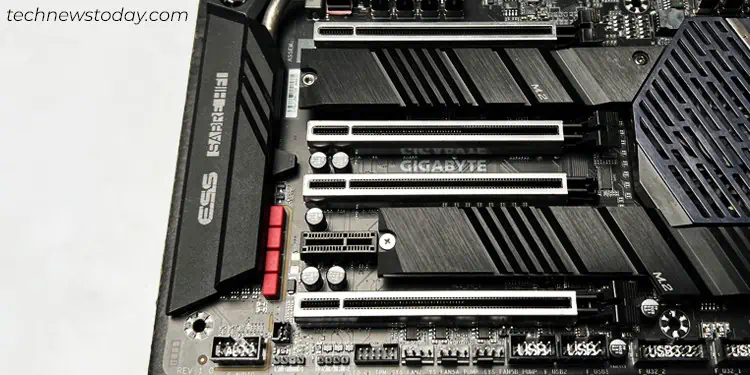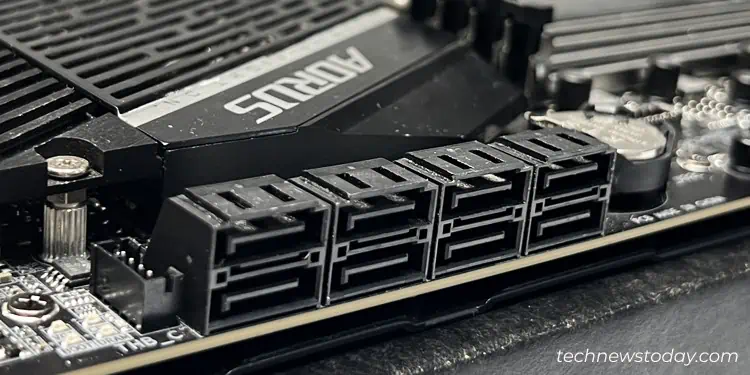E-ATX, ATX, micro-ATX, and mini-ITX are the form factors of a motherboard—withsize successively decreasing from E-ATX to mini-ITX.
As the motherboard size decreases, you’ll also notice a decrease in available slots for accommodating RAMs, a less number of PCIe expansion slots, and a variety of other limitations that come with opting for a more compact form factor.
The most spacious board, E-ATX, is a perfect choice for building a server-grade computer. On the other hand, mini-ITX boards take compactness to the next level with their close-packed structure.
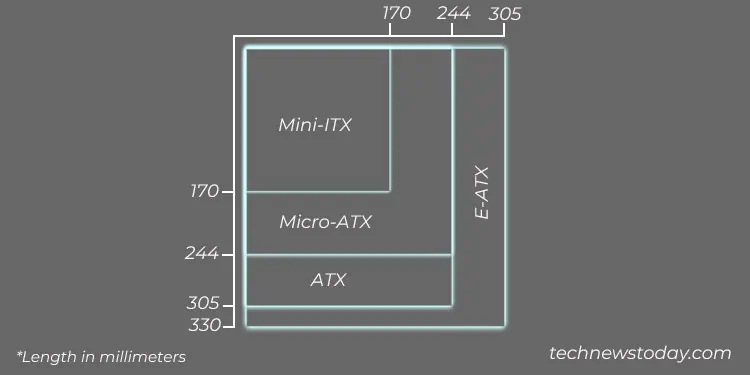
Similarly, ATX boards make the perfect blend of size and space to house every component you need in your setup. Coming to the micro-ATX ones, these are the intermediate ones, balancing the features of ATX and the size of the mini-ITX.
Let’s now see which one will be the best bet for your build.
Differences Between E-ATX, ATX, Micro ATX, and Mini ITX Motherboards
Before discussing the differences, let me clarify that the form factor of a mobo does not have anything to do with its functionality.
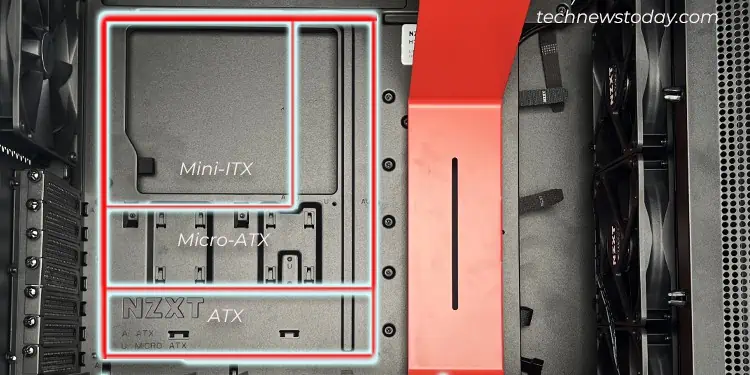
Regardless of the form factor, all it does is ties every hardware component on your system and facilitate their communication.
Yet, there are some factors that set these motherboards apart.
Let’s now have a closer look at each of them.
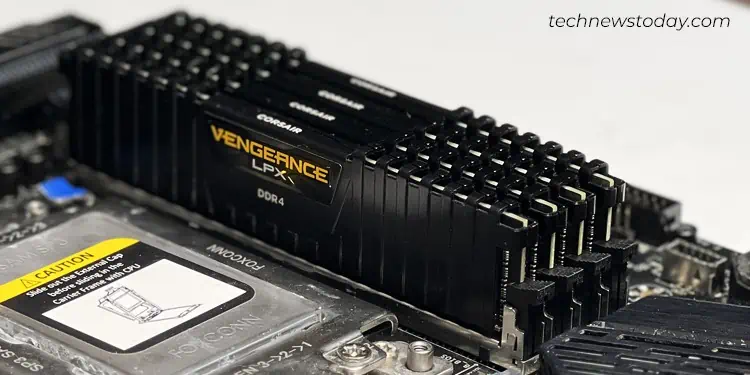
Yes, you read that right. The physical dimension is the first and most visible difference when we are talking about the motherboard form factors.
As you may see, mini-ITX boards are the smallest ones in the line, with a size of 170 x 170 millimeters.
The dimensions, then, go on increasing, and you find the E-ATX boards, which are 330 mm taller and 305 mm wider.
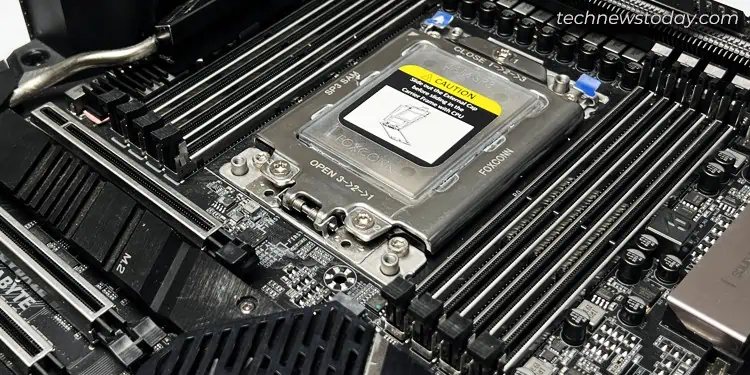
The motherboard size also gives you a clear picture ofwhat PC case you should be using.
If you are using giant motherboards, like the E-ATX ones,full-tower casesare always the best choice.
